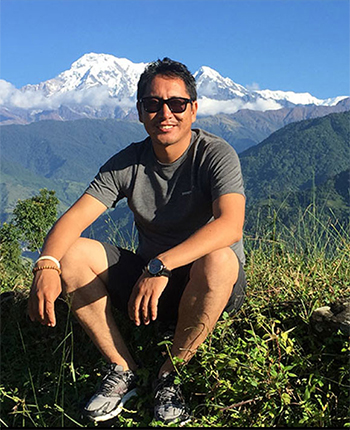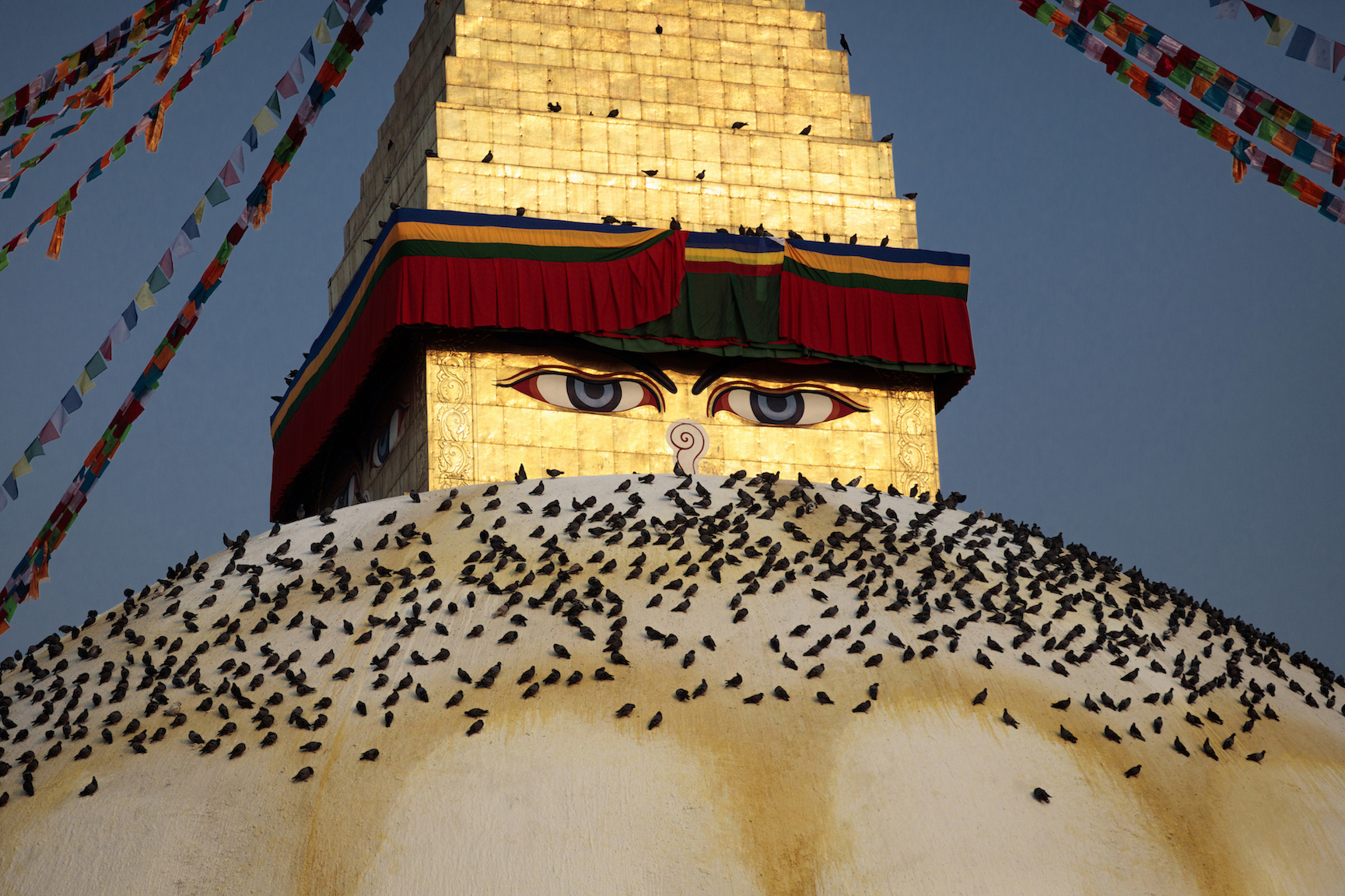Discover Boudha Stupa
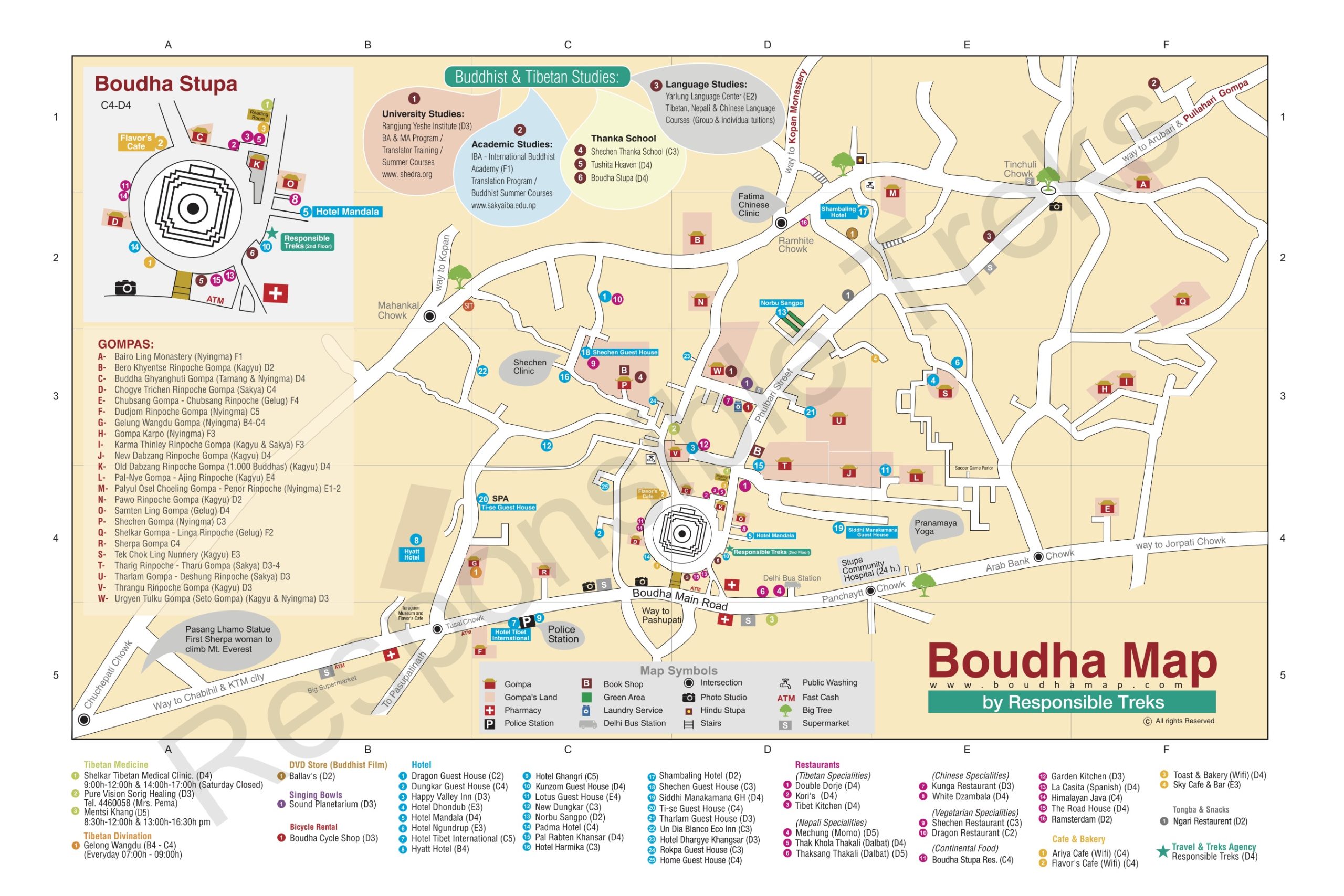
Boudhnath (Boudha)
There is nowhere quite like Boudhnath. Asia’s largest stupa pulses with life as thousands of pilgrims gather daily to make a Kora (ritual circumnavigation) of the dome, beneath the watchful eyes of the Buddha which gaze out from the glided center tower. Tibetan monks in marron robes wonder the prayer flag- decked streets while pilgrims spin prayer wheels and stock up on yak butter and tsampa (roasted barley flour)
Another pleasant sight is to witness the Buddhist devotees making circumambulation (koras) around the stupa during mornings and evenings. It is believed that circumambulating repeatedly around a sacred site produces great merit. The Buddhist devotes are usually seen spinning prayer wheels, chanting mantra, counting rosary beads while circumambulating in a clockwise direction. stupa during mornings and evenings. It is believed that circumambulating repeatedly around a sacred site produces great merit. The Buddhist devotes are usually seen spinning prayer wheels, chanting mantra, counting rosary beads while circumambulating in a clockwise direction.
This is one of the few places in the world where Tibetan Buddhist culture is accessible and unfettered, and the lanes around the stupa are crammed with monasteries and workshop producing butter lamps, ceremonial horns, Tibetan drums, monk’s headgear and the other accessories essential for Tibetan Buddhist life.
Historically, the the stupa was an important staging post on the trade route between Lasha and Kathmandu, and the Tibetan traders driving their yaks on to the high passes of the Himalaya. Originally A Tamang settlement, today most of the people living in the village of Boudha (pronounced boe-da) are Tibetan refugees who fled China after 1959. The Stupa also attracts many Sherpas, Humli, Hyolmos, Dolpalis, Mukum and Mustangi people.
The best time to visit Bodhnath is late afternoon, when the tour groups head home and elderly exiles stroll down to the stupa to light butter lamps, spin prayer wheels, chant mantras, socialize and stroll clockwise spiritual workout. Try to visit on the evening of the full moon, when the plaza surrounding the stupa is lit up by thousands of butter lamps.
Significance of the Stupa
According to popular beliefs, Boudhanath Stupa symbolizes the “Wisdom-mind of all Buddhas and Bodhisattvas; past, present and still to come.” and offers good karma and wish fulfillment to those who circumambulate and prostrate around the stupa with an honest heart.
Many names of the Stupa
The Stupa that Answers All Prayers.
Stupa of Enlightenment or Bodhi Stupa
Jhyarung Khashyor
Brief History of Boudhanath Stupa
Legends and One stories surrounding the origin and history of this great stupa: –
1. Ma Jadzima and her four sons [popular legend in the Himalayan Buddhist Society]
Belonging to a poor family and raising chickens for livelihood, Ma Jadzima was a widow having utmost devotion to Buddha. She aspired to build a stupa to make an offering using her hard earned saving. She approached the local King for permission to get a land. Her wish was granted but with a condition that she can only use an area of land measuring the size of a single ox skin. With her intelligence, she cut the skin into thin strips and claimed a large portion of land. Seeing her determination, the king allowed her to build the stupa. When the rich and powerful citizens revolted, the king kept his word since he already gave her permission. Hence the name “Jhyarung Khashyor” came into place which means once given cannot be taken back.
After completing the dome-like structure, Ma Jadzima passed away and her four sons completed the rest of the stupa. After the completion, they stood in front of the newly built stupa and made prayers. When each of them were generating their wishes, it is said that all the Bodhisattvas immersed into the stupa. So, the stupa got the name “All-Encompassing.” Hence, Boudhanath Stupa is so powerful that the prayers made to the stupa are fulfilled.
So, what did the sons wish?
The oldest son: “May I become a Dharma king in Tibet, the Snow Land.”
Upon hearing his eldest brother’s wish, the next son prayed: “May I become a minister to help him spread the Dharma.”
The third son: “May I be an abbot to pass on the lineage of ordinations in Tibet.”
The youngest son: “May I become a powerful yogi when there are obstacles to spreading Dharma in Tibet.”
Were their prayers fulfilled?
Yes, in the next life the oldest son became a Dharma King in Tibet – “Trisong Deuchen”
The second son became a minister in Tibet – “Bami Thiser”
The third son became an abbot – “Shantarakshita”
The youngest son became a powerful yogi – “Padmasambhava”
Festivals Celebrated at Boudhanath Stupa
Mamla Jatra – January/February
Losar – February /March
Temal Jatra – March/April
Buddha Jayanti – April/May
Ropai Jatra – August
Chechyu Puja (The 10th day ceremony of Guru Padma Sambhava) – December/January
“The Boudha Map is the best way to Discover Boudhanath”
You can pick up from pema boutique hotels or Responsible Treks
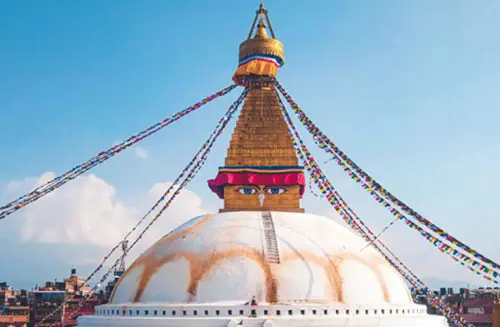
Related Blogs

Manaslu Tsum Valley Trek
If you’re dreaming of a Himalayan journey that combines raw natural beauty, authentic cultural encounters, and a touch of...
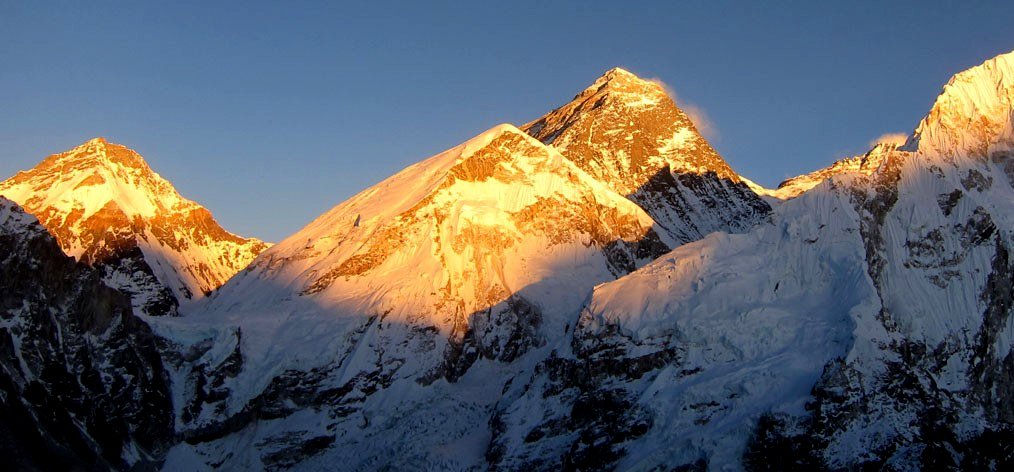
Mount Everest Day -Sagarmatha Day – Tenzing Norgay
Born on this day: May 29, 1914 — Tenzing Norgay Sherpa A true Nepali pioneer and mountaineering legend, Tenzing...
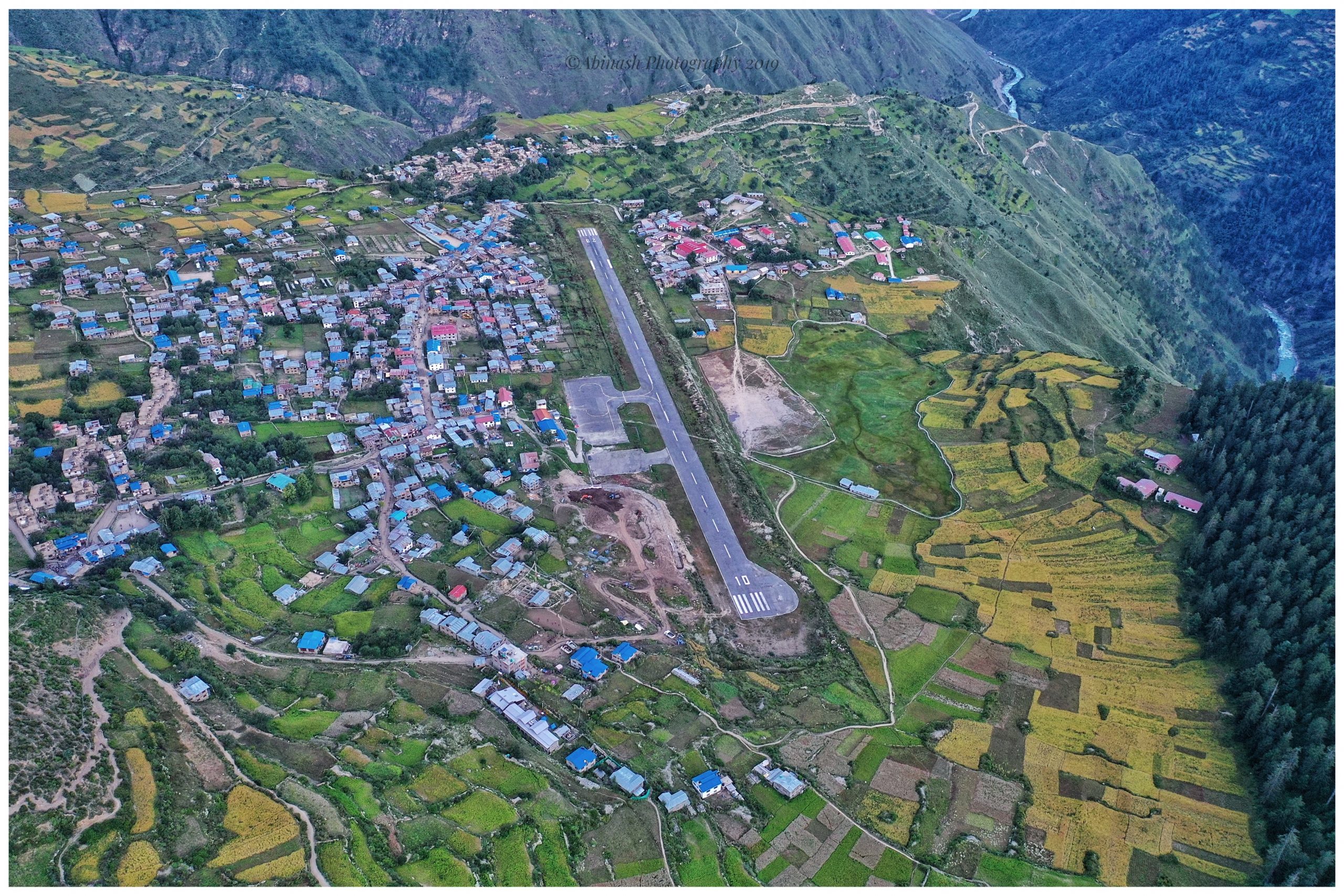
Simikot to Kailash via Humla
Explore the Sacred Path: Simikot to Kailash trek via Humla and Kyirong, Tibet, is most commonly accessed through Lhasa...
For Queries & Reservations
Travelling with us is flexible, freedom and fun.
We deliver exceptional products at a very good price for you, but not at the cost of the environment or our social responsibilities “travel Responsibly”
+977-9801046333 / +977-1-4813166
info@responsibletreks.com
